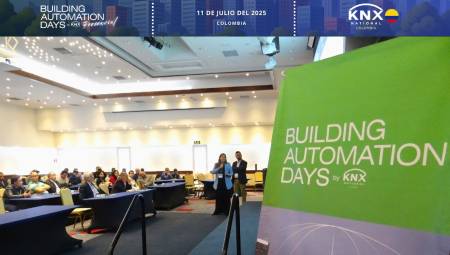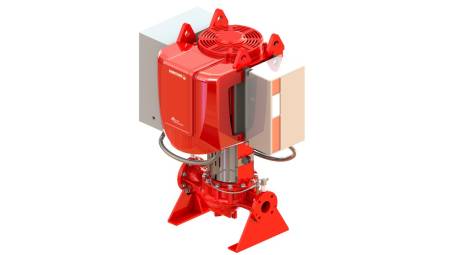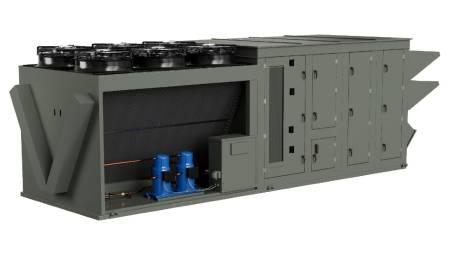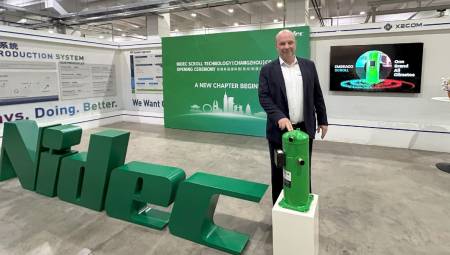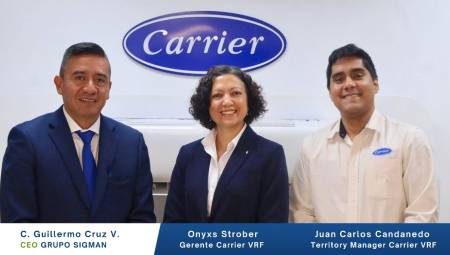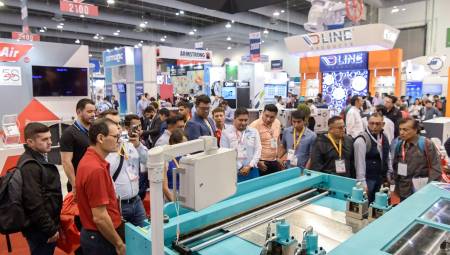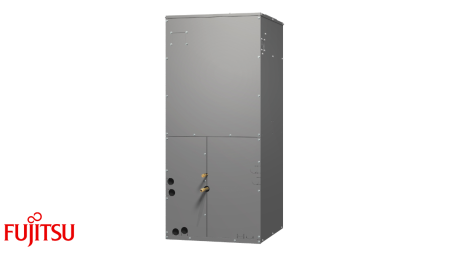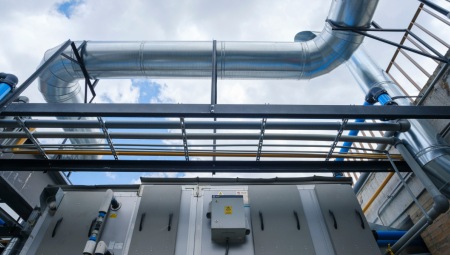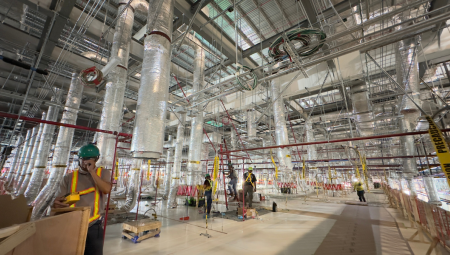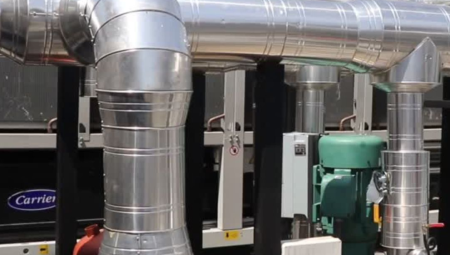
Traditional water cooling systems achieve their goal from the principle of evaporation, that is, a part of the water flow that enters the cooling tower evaporates and is lost, together with this, to maintain the quality of the water and avoid fouling problems, a purge must be practiced. The sum of these losses is in the order of 2 to 3% of the water flow.
For many years, the industry in general, has used water for the cooling of machinery, without any reserves, however, this situation has changed drastically.
The vital liquid has been chosen in cooling for its thermodynamic characteristics and above all for its low cost. This situation is changing dramatically, since its price has increased exponentially causing the industry to begin to seriously consider the decrease in the use of this resource in order to reduce its operating costs and make its products more competitive. On the other hand, ecological awareness also arises, because if the waste of water in the industry is analyzed and the need for this resource is observed, which in some populations is very scarce, we will necessarily have to change our way of acting.
Traditional water cooling systems achieve their goal from the principle of evaporation, that is, a part of the water flow that enters the cooling tower evaporates and is lost, together with this, to maintain the quality of the water and avoid fouling problems, a purge must be practiced. The sum of these losses is in the order of 2 to 3% of the water flow.
The increase in water costs and the current restrictions on its use mean that these evaporative equipment begin to be replaced, because in the not too distant future it will be unaffordable to use them.
How do hybrid air coolers work?
Hybrid air coolers cool closed-loop fluids by ambient airflow and water evaporation. At low ambient temperatures heat is transferred by convection (dry cooling). At high ambient temperatures, the alloyed surface of the heat exchanger (coil) is moistened with a secondary water circuit. The heat is then transferred, one part by convection, and another by evaporation, in a latent form without generating a plume of vapor into the atmosphere. Even at very low temperatures these air coolers do not generate a steam boom (see Figure 1).
Figure 1. Parts of a hybrid wind turbine.
-
At high ambient temperatures, most of the latent heat is transferred by evaporation. As the ambient temperature drops, the heat transfer by evaporation decreases and the heat transfer by convection increases until the unit works only dryly.
Hybrid air coolers have very low water and energy consumption, only consume between 10 and 20% of the water consumed by traditional systems achieving exactly the same water temperatures and energy savings of up to 20% are obtained against traditional systems.
Between dry cooling and operation at maximum load, the speed of the fans is regulated according to the temperature of the fluid at the outlet. This leads to low energy consumption with optimal control of the fans and great water savings because wet operation will only occur when the ambient temperature is such that the desired water temperature cannot be obtained.
Figure 2. The functions of the aerocools are automatically controlled.
All the functions of the unit are controlled automatically, making it an intelligent equipment. The medium to be cooled (water or glycol/water) of the primary circuit flows inside the heat exchanger (coil) type "v", which takes the heat from the water and sends it into the atmosphere (this flow we will call process water flow and is the water that cools the machines in a closed circuit). The induced draft fans are in the part where the hot air is sent into the atmosphere (full chamber). The speed of the fans is controlled by independent variable speed drives for each ( see Figure 2).
The secondary water circuit is the one that sends the liquid from the cistern into adjustable open channels that run at the top of the coil along the equipment on both sides; in this part there is no influence of airflow. The water from the secondary circuit is collected in a tray and guided to the cistern that is located on one side of the unit. Water recirculation pumps have variable speed drives. The water film that is formed on the heat exchanger serves to wash it, this prevents organic matter, dust and garbage from depositing in the heat exchanger (coil). The coil is provided with a Kataoferic coating, baked at 400°C, to prevent fouling.
All the water in the secondary circuit flows by gravity into the cistern when the pumps are turned off and in case of too low ambient temperatures the cistern is emptied by the automatic valve to prevent freezing.
The drainage of water from the cistern, to avoid the concentration of solids, is done automatically, monitoring the conductivity, and through valves that minimizes the loss of water by purging.
All the functions of the unit are controlled automatically, making it an intelligent equipment
Authors:


